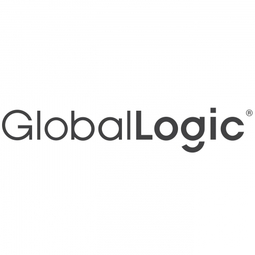Customer Company Size
Large Corporate
Region
- Europe
Country
- United Kingdom
Product
- Amazon Connect
- Amazon S3
- Amazon DynamoDB
Tech Stack
- AWS
- Amazon Connect
- Amazon S3
- Amazon DynamoDB
Implementation Scale
- Enterprise-wide Deployment
Impact Metrics
- Customer Satisfaction
- Digital Expertise
- Productivity Improvements
Technology Category
- Platform as a Service (PaaS) - Connectivity Platforms
- Application Infrastructure & Middleware - API Integration & Management
Applicable Industries
- Utilities
Applicable Functions
- Business Operation
Use Cases
- Remote Asset Management
- Remote Collaboration
- Remote Control
Services
- Cloud Planning, Design & Implementation Services
- System Integration
- Training
About The Customer
With over 2.2 million consumers across the South East of England, South East Water (SEW) supplies on average 521 million liters of drinking water from its 83 water treatment works every day. Motivated by their own mission statement of being the water company people want to be supplied by and want to work for, SEW pride themselves on pulling out all the stops to make sure they continue to supply their customers with the highest quality of water and delivery of service, even during times of uncertainty.
The Challenge
Challenged with achieving business continuity for its customers, South East Water needed a contact centre solution that supported agents working remotely to deliver an enhanced customer experience. SEW also required a contact solution devoted to outbound calls – and they needed both as soon as possible. Currently running a predominantly inbound contact centre with a reduced number of contact agents, this additional outbound calling capability was needed to help free up queue times by returning customer calls, conduct critical outbound calls to help customers with financial support challenges and enable the business to focus on core business functions.
The Solution
South East Water (SEW) first engaged with GlobalLogic just as widespread social distancing guidelines were put into place by the UK Government. Already familiar with AWS and its capabilities after attending an AWS Bootcamp, SEW wanted a partner who could provide an MVP that could be validated at pace and pushed into production within a couple of weeks. AWS recommended GlobalLogic as the premier service delivery partner for AWS Connect contact centre solutions, and after an initial scoping session, we had an understanding of what SEW required to achieve full service business continuity. In less than a week, GlobalLogic had designed and proposed a solution that aligned with SEW’s needs. Part of this solution included leveraging Amazon Connect to create an outbound contact centre capability within 48hrs at very minimal upfront cost and little resourcing from SEW. This was highly attractive at a time where SEW had extensive operational challenges due to the COVID-19 lockdown, and their IT staff were extremely busy resolving a wide variety of high-priority challenges. Whilst a fundamental contact centre platform was implemented within such a short space of time, we continued to work with SEW to deliver a complete solution over three weeks, delivering exactly what they needed to help now, and a platform to build from in the future.
Operational Impact
Quantitative Benefit

Case Study missing?
Start adding your own!
Register with your work email and create a new case study profile for your business.
Related Case Studies.

Case Study
IoT Solutions for Smart City | Internet of Things Case Study
There were several challenges faced: It is challenging to build an appliance that can withstand a wide range of voltage fluctuations from as low at 90v to as high as 320v. Since the device would be installed in remote locations, its resilience was of paramount importance. The device would have to deal with poor network coverage and have the ability to store and re-transmit data if networks were not available, which is often the case in rural India. The device could store up to 30 days of data.

Case Study
Automation of the Oguz-Gabala-Baku water pipeline, Azerbaijan
The Oguz-Gabala-Baku water pipeline project dates back to plans from the 1970’s. Baku’s growth was historically driven by the booming oil industry and required the import of drinking water from outside of the city. Before the construction of the pipeline, some 60 percent of the city’s households received water for only a few hours daily. After completion of the project, 75 percent of the two million Baku residents are now served around the clock with potable water, based on World Health Organization (WHO) standards. The 262-kilometer pipeline requires no pumping station, but uses the altitude differences between the Caucasian mountains and the capital to supply 432,000 m³/d to the Ceyranbatan water reservoir. To the people of Baku, the pipeline is “the most important project not only in 2010, but of the last 20 years.”
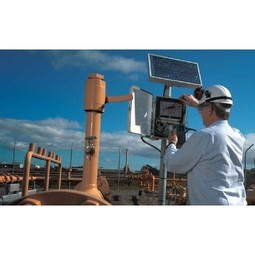
Case Study
GPRS Mobile Network for Smart Metering
Around the world, the electricity supply industry is turning to ‘smart’ meters to lower costs, reduce emissions and improve the management of customer supplies. Smart meters collect detailed consumption information and using this feedback consumers can better understand their energy usage which in turn enables them to modify their consumption to save money and help to cut carbon emissions. A smart meter can be defined in many ways, but generally includes an element of two-way communication between the household meter and the utility provider to efficiently collect detailed energy usage data. Some implementations include consumer feedback beyond the energy bill to include online web data, SMS text messages or an information display in consumers’ premises. Providing a cost-effective, reliable communications mechanism is one of the most challenging aspects of a smart meter implementation. In New Zealand, the utilities have embraced smart metering and designed cost effective ways for it to be implemented. The New Zealand government has encouraged such a move to smart metering by ensuring the energy legislation is consistent with the delivery of benefits to the consumer while allowing innovation in this area. On the ground, AMS is a leader in the deployment of smart metering and associated services. Several of New Zealand’s energy retailers were looking for smart metering services for their residential and small business customers which will eventually account for over 500,000 meters when the multi-year national deployment program is concluded. To respond to these requirements, AMS needed to put together a solution that included data communications between each meter and the central data collection point and the solution proposed by Vodafone satisfied that requirement.
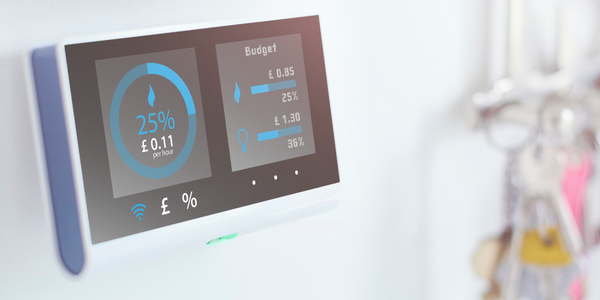
Case Study
NB-IoT connected smart meters to improve gas metering in Shenzhen
Shenzhen Gas has a large fleet of existing gas meters, which are installed in a variety of hard to reach locations, such as indoors and underground, meaning that existing communications networks have struggled to maintain connectivity with all meters. The meter success rate is low, data transmissions are so far unstable and power consumption is too high. Against this background, Shenzhen Gas, China Telecom, Huawei, and Goldcard have jointly trialed NB-IoT gas meters to try and solve some of the challenges that the industry faces with today’s smart gas meters.
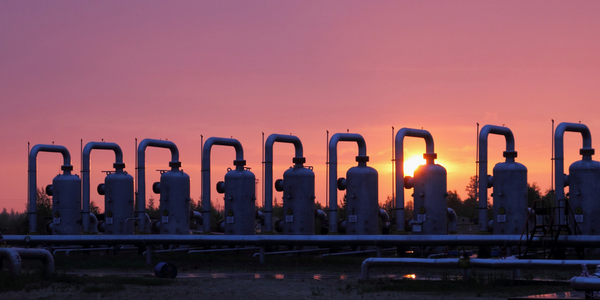
Case Study
British Gas Modernizes its Operations with Innovative Smart Metering Deployment
The UK government has mandated that smart meters are rolled out as standard across Great Britain by end of 2020, and this roll-out is estimated to create £14 billion in net benefits to the UK in consumer energy savings and lower energy generation demand, according to the Oxford Economics report, “The Value of Smart Metering to Great Britain.” While smart-metering systems have been deployed in many countries, the roll-out in Great Britain is unique because it is led by energy retailers, who have responsibility for the Electricity and Gas meters. The decision to have a retailer-led roll out was made by DECC (Department of Energy and Climate Change) to improve customer experience and drive consumer benefits. It has also led to some unique system-level requirements to support the unique local regulatory model.
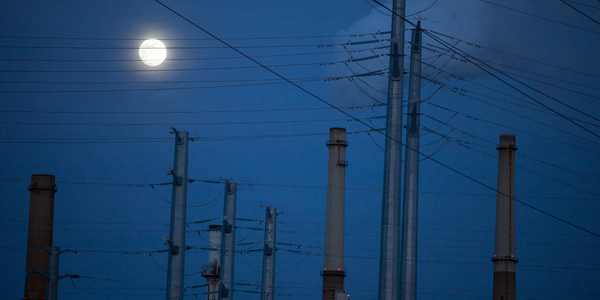
Case Study
OneWireless Enabled Performance Guarantee Test
Tata Power's power generation equipment OEMs (M/s BHEL) is required to provide all of the instrumentation and measurement devices for conducting performance guarantee and performance evaluation tests. M/s BHEL faced a number of specific challenges in conducting PG tests: employing high-accuracy digital communications for instrumentation, shortening setup and dismantling time, reducing hardware required, making portable instrument setup, avoiding temporary cabling work and the material waste costs




